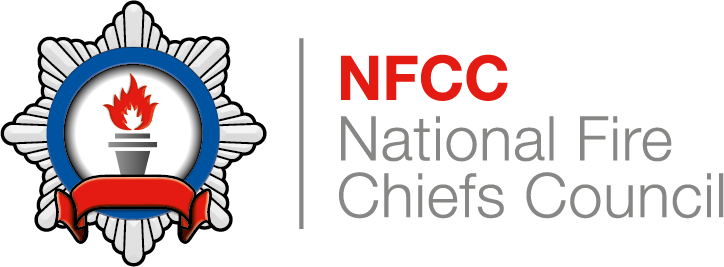Published 15 February 2024
NFCC publish paper to support fire and rescue services reviewing the design of new high-rise buildings

National Fire Chiefs Council (NFCC) has published an opinion paper outlining some of the key considerations for fire and rescue services when reviewing the design of new high-rise residential buildings. The Government confirmed in July 2023 that new residential buildings above 18-metres would be required to have a second staircase. Amongst the considerations set out in NFCC’s paper are:
-
Stairways are independent from each other and therefore a single fire cannot impact upon multiple escape routes.
-
Safe egress is provided for all building users, including those who either would not be able to, or would find it difficult to descend stairs.
-
Suitable resilience and flexibility is provided for firefighting. This should include appropriate access and facilities, with sufficient resilience and redundancy in the design.
The Government announced proposals to make it a requirement for all new high-rise residential buildings over 18 metres to have a minimum of two staircases in July 2023. This followed representations from across the fire sector and building industry, including NFCC.
The proposals will come into effect when the Government amends its statutory guidance, but developers have been granted a 30-month transition period during which they will be given a choice between following the new and existing guidance.
Some fire and rescue services (FRSs) have said they are already being directly approached by building designers seeking advice on multiple escape routes. NFCC’s opinion paper, issued to FRSs this month has sought to give some clarity and consistency on the firefighting considerations that should be implemented when designing means of escape in new high rise residential buildings.
Gavin Tomlinson, Chair of NFCC’s Protection Committee, said:
“We want to be sure these buildings are safe places to live and NFCC is committed to supporting fire and rescue services as they take on these new checks.
“We are expecting Government to issue new guidance shortly, but we have a clear view of what we think are the key priorities for fire and rescue colleagues when reviewing the design of new high-rise buildings.
“What we’re proposing is common sense, such as making sure that stairways are independent from one another so that a fire does not impact on multiple exit routes, making sure there are safe routes of escape for people with additional needs, and ensuring firefighters have the appropriate access and facilities. This is what we are advocating for in our discussions with partners in government.”
